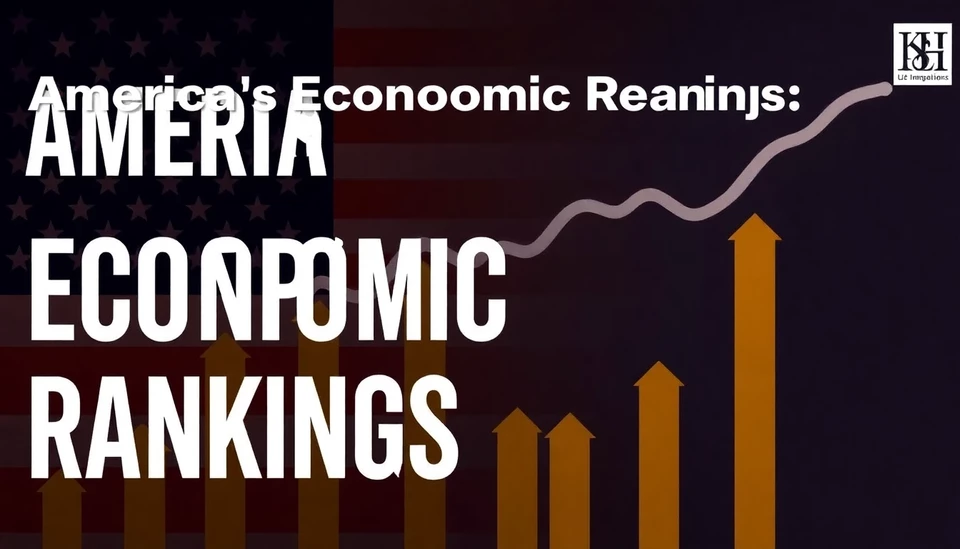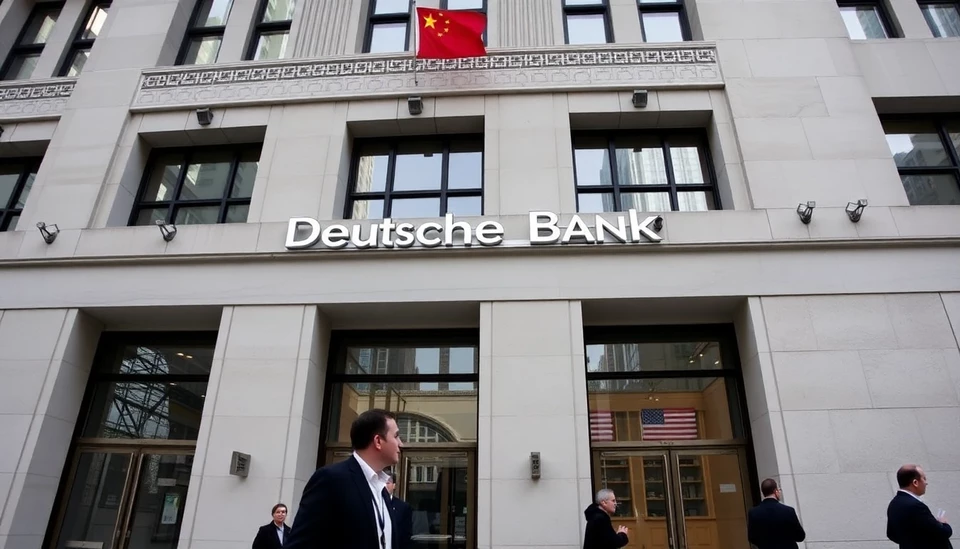
In recent developments regarding the global economic landscape, the United States is witnessing a significant widening of its economic gap with China. This alarming trend raises critical concerns about the future competitiveness and influence of the U.S. economy on the world stage.
As the global order shifts, various recent reports provide insights into the respective economic standings of the two nations. According to projections, China is expected to maintain its trajectory toward becoming the world's largest economy, potentially surpassing the United States in critical areas such as technological innovation, manufacturing capabilities, and international trade influence.
Over the past few years, a range of economic indicators has shown a stark contrast between the growth rates of the U.S. and China. While the American economy has been characterized by robust recovery efforts post-pandemic, there are underlying challenges that may impede long-term growth. These challenges include rising inflation rates and supply chain disruptions, which have affected both consumer spending and industrial performance.
Conversely, China's relentless push towards advanced technologies, particularly in sectors such as artificial intelligence and renewable energy, positions it strongly against the U.S. This aggressive strategy is supported by significant government investment, aimed at achieving self-sufficiency and dominance in key industries that are crucial for future economic stability and growth.
The implications of these shifts are far-reaching. For one, they prompt a reevaluation of the United States' strategic economic policies and international partnerships. The U.S. must address these challenges urgently to avoid ceding its global economic leadership to its largest rival. Economic think tanks in Washington are advocating for a renewed focus on innovation, workforce development, and an efficient regulatory environment to bolster the nation’s competitiveness.
Moreover, this growing divide is reflected in public sentiment. Many American businesses are beginning to feel the pressure of competing with Chinese firms that often operate under different regulatory frameworks and labor standards. As a result, there is an increasing call for policies that support domestic industries and safeguard American jobs.
The escalating rivalry also extends into geopolitical dimensions, influencing trade policies and alliances around the world. Nations are increasingly weighing their economic partnerships, considering the long-term implications of aligning with either the U.S. or China in various trade agreements and international initiatives.
As the dynamics between these two economic superpowers evolve, observers are keenly watching the potential moves and strategies both nations may employ to assert their dominance on the global stage. The next few years could prove crucial in determining not just the economic rankings of the U.S. and China but also the balance of power across the entire international system.
In conclusion, as the United States strives to enhance its economic standing, it faces the dual challenge of addressing domestic vulnerabilities while also navigating an increasingly competitive international landscape that favors China's rapid ascent.
#USEconomy #ChinaEconomy #GlobalTrade #EconomicCompetition #Innovation
Author: Rachel Greene




